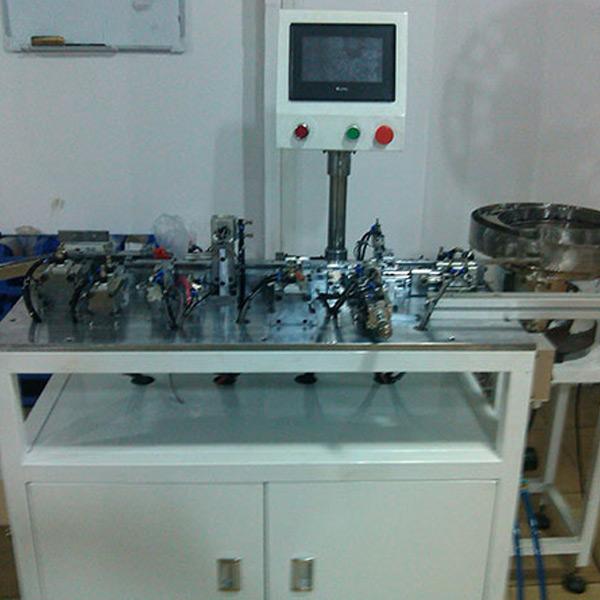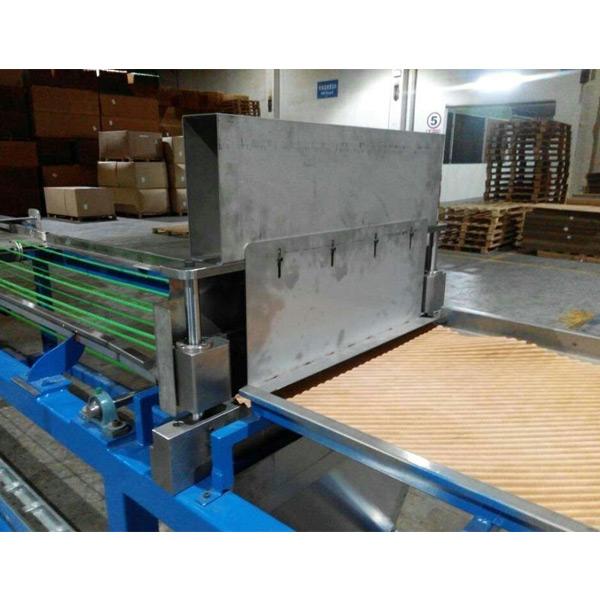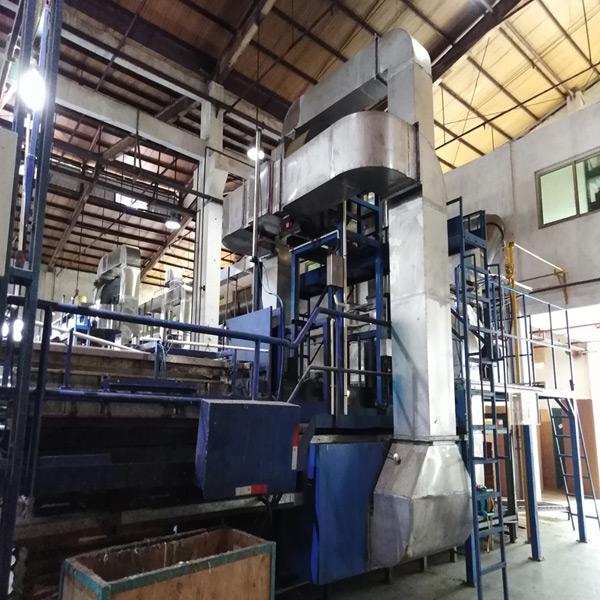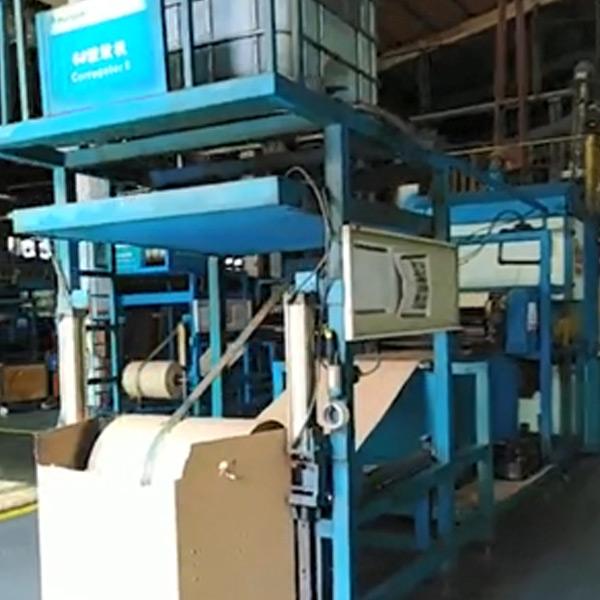filling stage
Filling is the first step in the entire injection cycle, from the time the mold is closed and the injection is started until the mold cavity is filled to about 95%. In theory, the shorter the filling time, the higher the molding efficiency, but in practice, the molding time or injection speed is subject to many conditions.
pressure holding stage
The function of the packing stage is to continuously apply pressure to compact the melt and increase the density of the plastic (densification) to compensate for the shrinkage behavior of the plastic. During the pressure holding process, the back pressure is high because the mold cavity is already filled with plastic. In the process of holding pressure and compaction, the screw of the injection molding machine can only move forward slowly and slightly, and the flow rate of the plastic is also relatively slow. The flow at this time is called holding pressure flow. In the pressure holding stage, the plastic is cooled and solidified faster by the mold wall, and the melt viscosity increases rapidly, so the resistance in the mold cavity is very large. In the later stage of the holding pressure, the material density continues to increase, and the plastic parts are gradually formed. The pressure holding stage continues until the gate is cured and sealed. At this time, the cavity pressure in the holding pressure stage reaches the highest value.
cooling phase
In injection molding molds, the design of the cooling system is very important. This is because the molded plastic product can only be cooled and solidified to a certain rigidity, and the plastic product can be prevented from being deformed by external force after demolding. Since the cooling time accounts for about 70%~80% of the entire molding cycle, a well-designed cooling system can greatly shorten the molding time, improve injection productivity, and reduce costs. Improperly designed cooling system will prolong the molding time and increase the cost; uneven cooling will further cause the warpage of plastic products.
demolding stage
Demoulding is the last step in an injection molding cycle. Although the product has been cold-set, demoulding still has a very important impact on the quality of the product. Improper demolding method may cause uneven stress on the product during demoulding, and cause defects such as product deformation during ejection. There are two main ways of demoulding: ejector demoulding and stripping plate demoulding. When designing a mold, an appropriate demoulding method should be selected according to the structural characteristics of the product to ensure product quality.

A female 90 degree, 180 degree shared assembly machine

Wet curtain paper cutter

Wet curtain paper pier machine

Wet curtain paper equipment